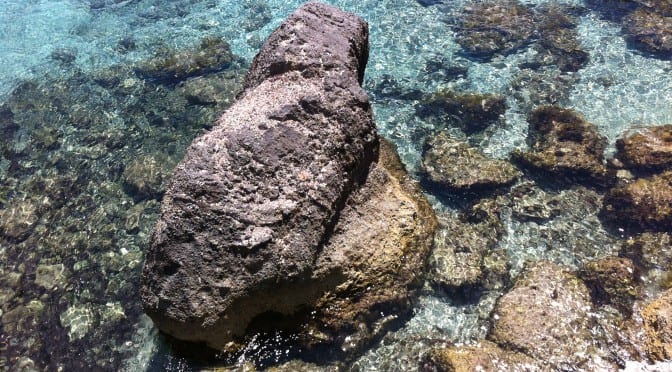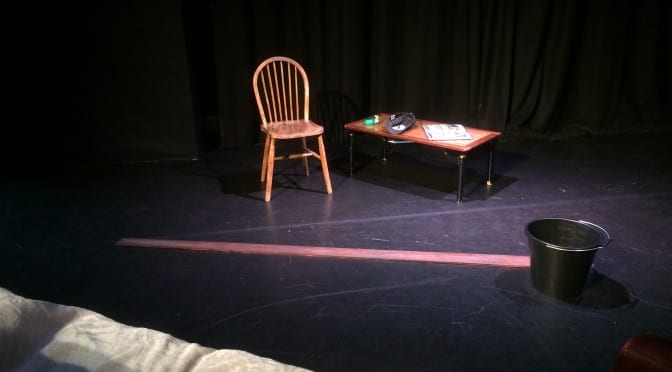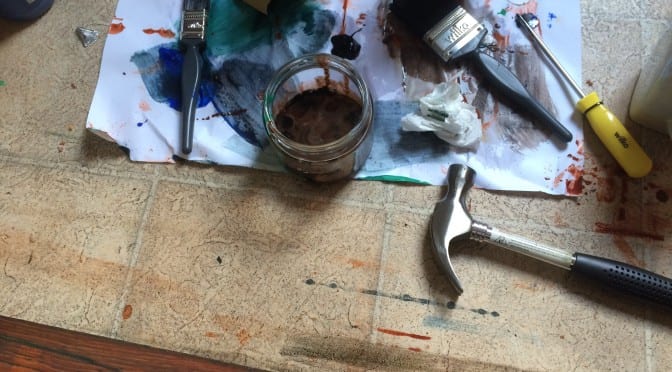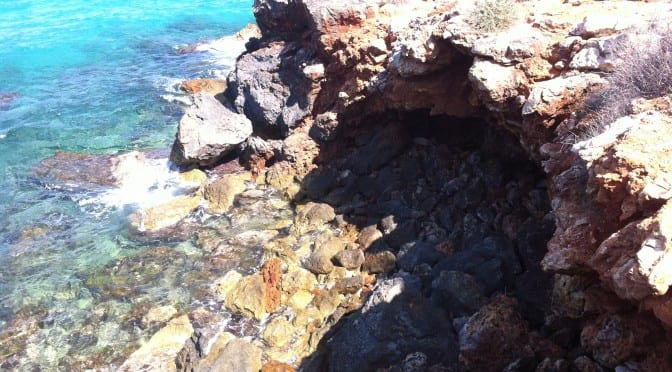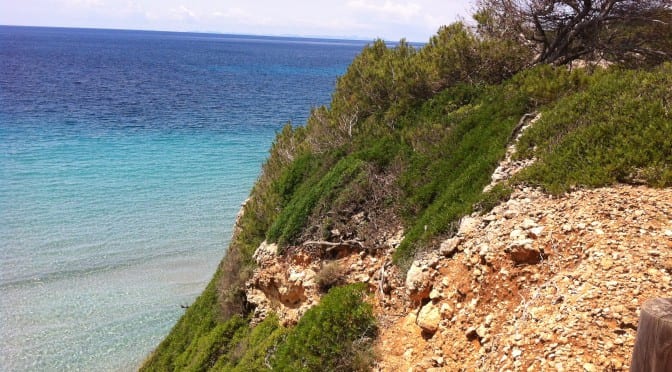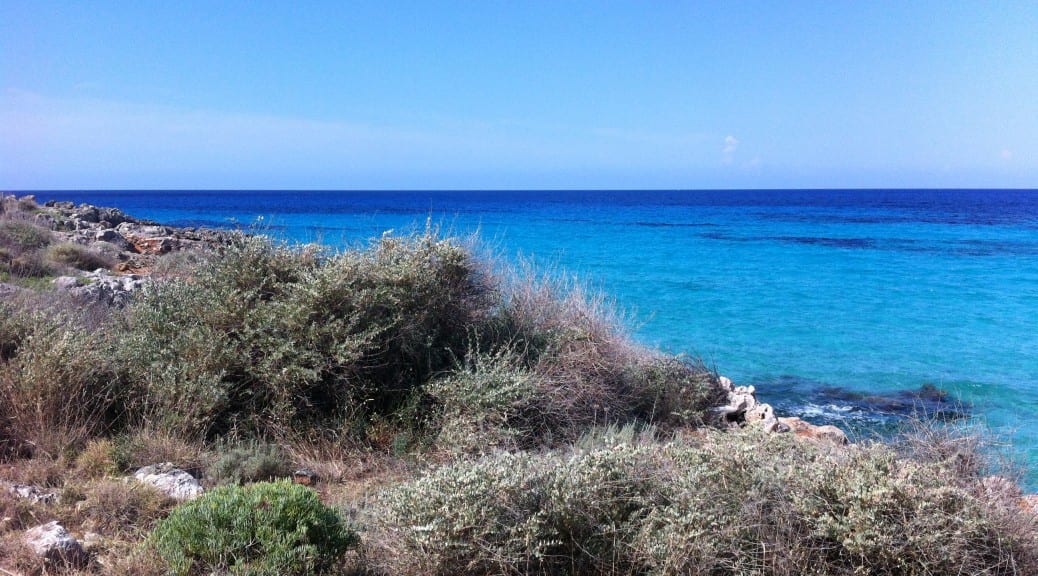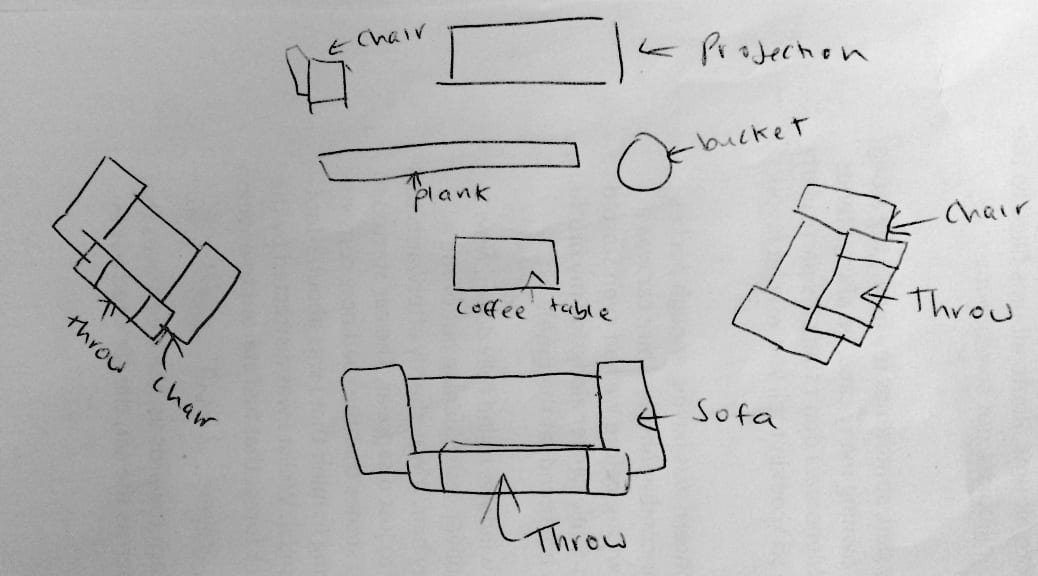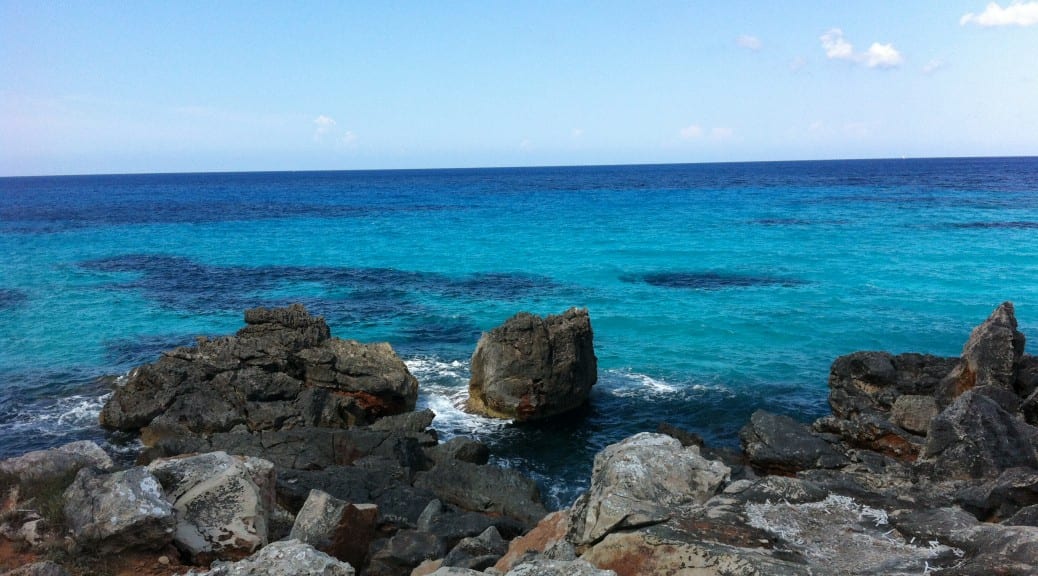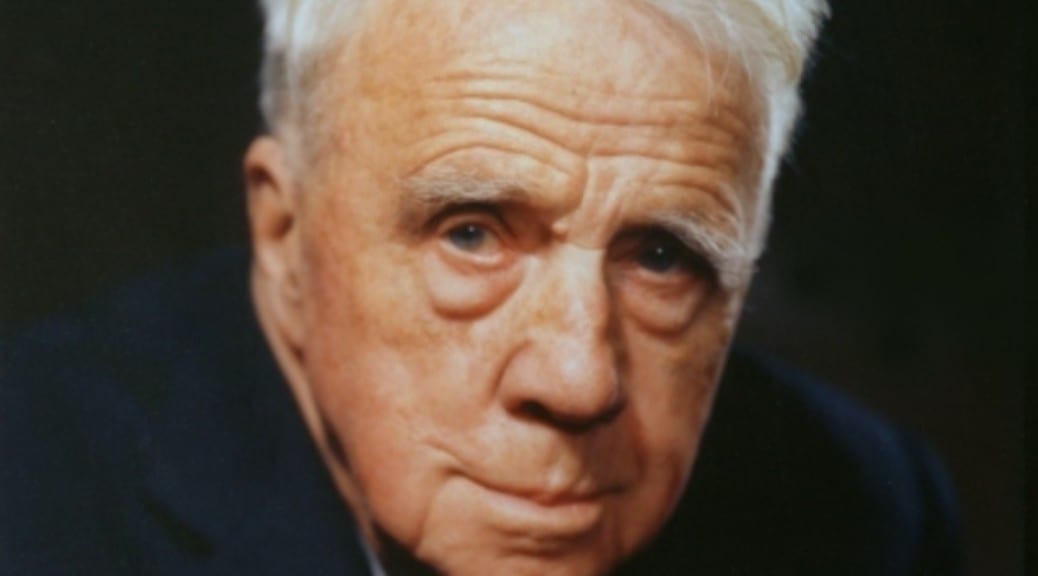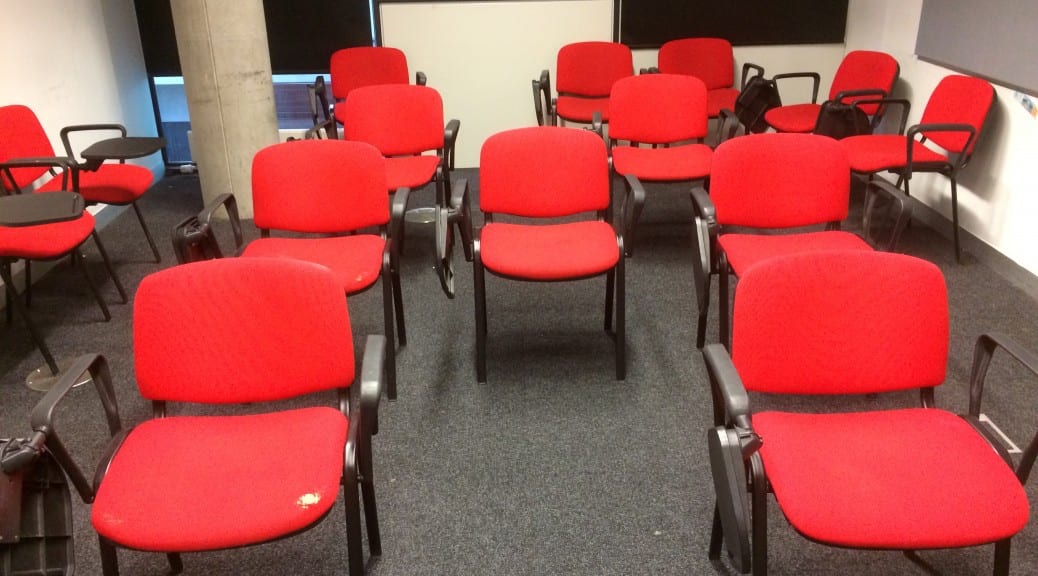After having received some initial feedback, I have decided to make some edits to the text. I have added more detail about my dad’s office and the bookshelf that divides the room to help contextualise the piece and add another layer of detail. I want the audience to be able to vividly imagine the scenery, as if it were their own memory. Moreover, after timing the piece, I have had to make substantial cuts and the piece will now just focus on the first story (in which I fall in the swamp). This allows for greater detail in this story and means I will not run over time. I have thought about how to layout the stage and am currently considering having the audience sit on chairs that are laid out like the car in the story (adding a layer of interactivity and involving the audience more so in the story). This means that the audience will no longer be able to move around freely, but will still included them in the piece. Furthermore, I have been looking through various old holiday photos in search of ones that I can project during my performance. I have also decided to use Robert Frost’s The Road Not Taken to conclude the story as I feel on one hand that is about making individual choices, but on the other is commenting on the illusions and fantasy we utilise when telling a story about our own lives – to make them more exciting.
Below is the edited text:
My dad is an adventurer, not officially, but he loves to explore. Every year since I was 5 my family and I have always gone to the same place for our holiday, Menorca. Whenever we go there my dad likes to plan journeys and walks to different historic monuments. His favourite are Martello Towers – ‘cylinder shaped defence towers that were used in the Spanish Civil War, built by the British’ or so he would say.
Months prior to going on holiday you can walk in his office to find him looking at maps of Menorca that span a whole dining table, all covered in sticky labels, post-it notes and scribbles to mark out travel destinations. I say his ‘office’ but it’s just a small cornered off section of the lounge. A huge bookcase stands between the two, full of books my dad has collected throughout his life – conspiracy theories, films, history and photo albums. Photo albums filled to the brim with pictures of Martello towers and pillboxes, not so much my childhood.
Every holiday I go on these walks with my dad, sometimes my family tag along but usually it’s just my dad and I. Despite owning many caps, he always tends to wear one we got from a restaurant in Menorca. I don’t think it’s particularly comfortable and it’s definitely not stylish so I couldn’t tell you why he favours it.
When I was 6, a time when my biggest concern was having enough pocket money to collect Beyblades and having air conditioning in a hire car was a luxury, one of our journeys started to go wrong before we had even started walking. I was sat in the front of a 7-seat people carrier alongside my brothers, my dad (who was driving) and my sister’s boyfriend (at the time).
It was a sweltering day so we all had the windows rolled fully down. Now I know you’re not supposed to but I could never resist leaning out of the window, letting the wind blow through my hair. It was shortly afterwards that the road we had been driving on seemed to just disappear. The car started to bounce, rattle and shake on the rocks and stones that the road now consisted of- sending me flying across the car (bearing in mind that I was about 3-foot-tall and weighing in at a whopping 40 pounds). Whilst I was distracted by the rocky road, I hadn’t realised the deep, thick forest that had started to envelop the car.
The branches from the trees started to reach towards us, the tree leaves that were as sharp as daggers slowly scraped across the car, the car cried out in horror.
The windows! We had left them fully rolled down allowing the very same leaves to reach towards us. SLICE, I narrowly avoid the blade. Everyone was frantically trying to close the windows, of course we had to roll them up manually- putting us directly within range of the tree leaves. Heroically I dived to wind up my window, I managed to turn the crank a few times but it wasn’t enough. The tree started to fight back, sending a legion of daggers towards me. I fell to the floor, covering my head from the bombardment. But then, a break in the attack, a moment’s respite- round and round I turn the crank. THUMP, the window was closed. The tree, still clawed at the window. I think to myself: How many more innocents will be caught by this same trap?
I didn’t have much better luck once we’d reached the destination. A bead of sweat crawled down my face from under my cap. I took it off a shook it, trying desperately to get the wind to cool it down. The same sword-like leaves that had attacked the car now littered the ground, all at the perfect angle to claw at my legs – the leaves could pierce the flesh with one swift jab and that wasn’t the worst of it. Halfway through the walk we came to a huge swamp, the water was murky and long grass peered out from the surface. There was little more than a plank of wood acting as a bridge over it. Of course, my dad charged off ahead and my brothers weren’t much use either, leaving me to cross the ‘bridge’ on my own. Cautiously, I began to walk over the bridge, taking one step at a time, one foot in front of the other. With each step the bridge creaked and groaned. My breathing slowed, I was completely focused on the bridge.
Face to face, out in the heat
Hanging tough, staying hungry
They stack the odds still we take to the street
For the kill with the skill to survive
It’s the eye of the tiger
It’s the thrill of the fight
Rising up to the challenge of our rival
I had gotten about halfway across, but then there was a lapse in my concentration. I can’t remember what made me lose focus, but before I knew it, my right foot had twisted making me lose my balance. Time seemed to grind to a halt. There I was, about to fall into the swamp, waiting for the inevitable rush of cold… SPLASH. The murky water went straight up to my chest, to my surprise it wasn’t as cold as I had thought, in fact it was quite warm, but falling in seemed to unleash an unbearable smell of rotting vegetation. BLEAGH. I was probably only in the water for a few seconds but it felt like a millennium. My sister’s boyfriend, being the tallest person there, lifted me out. As I was pulled out, I noticed that some of the water had gotten caught in my shoe, it could feel it swishing about. I took them off the second I was on dry land to empty them out. My favourite trainers were ruined. The rest of the walk I had to put up with the squelching sound that they made every step… SQUELCH SQUELCH SQUELCH. When I got back to the villa my mum tried washing them out but they never smelt the same again.
It’s funny, these moments in my life that, at the time, were worrying and alarming are some of my fondest memories. I could tell you all about the dangerous walks that I’ve embarked on, everything that’s gone wrong and every time I’ve been hurt. But I couldn’t tell you about that one ice cream I had, it’s flavour, where I was, who I was with.
Two roads diverged in a yellow wood,
And sorry I could not travel both
And be one traveler, long I stood
And looked down one as far as I could
To where it bent in the undergrowth;
Then took the other, as just as fair,
And having perhaps the better claim,
Because it was grassy and wanted wear;
Though as for that the passing there
Had worn them really about the same,
And both that morning equally lay
In leaves no step had trodden black.
Oh, I kept the first for another day!
Yet knowing how way leads on to way,
I doubted if I should ever come back.
I shall be telling this with a sigh
Somewhere ages and ages hence:
Two roads diverged in a wood, and I—
I took the one less traveled by,
And that has made all the difference.
——————————————————————————————
Frost, R. (2012) The Road Not Taken and Other Poems. New York: Courier Corporation.
Giggs, J. (2015) Menorcan Sea. Unpublished Photograph.

